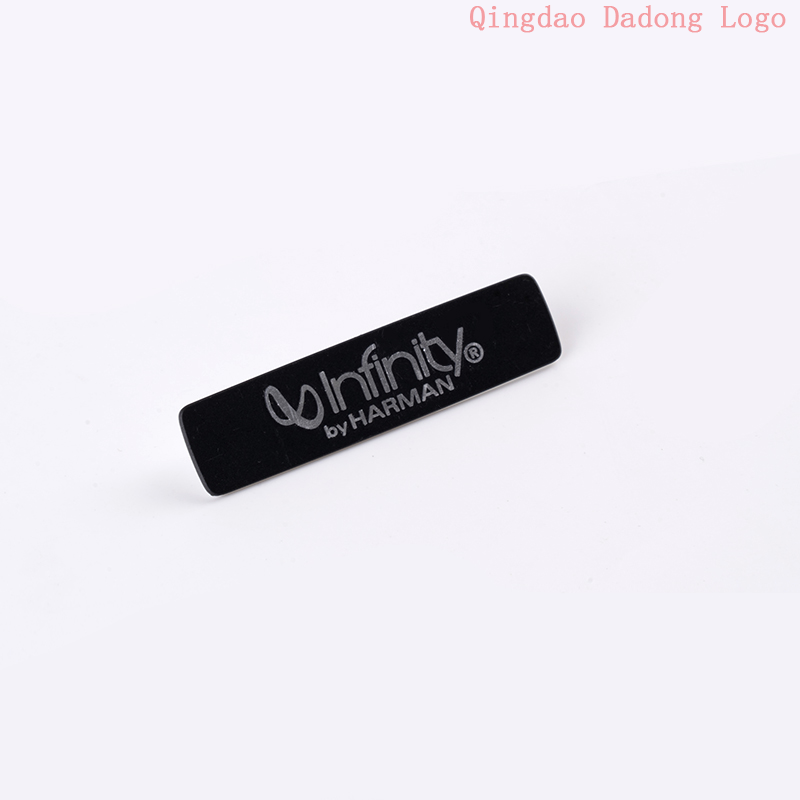NEWS
What is the difference between chemical nickel plating and nickel electroplating?
Writer:admin Time:2023-06-12 11:27 Browse:℃
Nickel electroforming can increase the durability, hardness, conductivity, and heat resistance of your product, as well as prevent corrosion and enhance its aesthetics But before you can compete for metal plating and finishing services, you must choose between the first two plating methods: nickel electroforming or chemical plating.
The following guidelines explain these two processes, their differences, and their unique advantages.
What are electrolytic nickel plating and chemical nickel plating?
Traditional nickel plating requires a catalyst and a direct current (DC) charge to start the chemical Chain reaction, so that a thin layer of nickel is coated on the object (substrate) - however, electroless nickel plating does not require a catalyst or charge. On the contrary, the non electric formula includes a chemical reducing agent (phosphorus), allowing users to apply the substrate without further treatment.
Both methods add a thin layer of nickel to the target surface, but compared to electrolytic nickel plating (ENP), chemical nickel plating (ENP) provides additional wear and corrosion resistance, lubricity, and auxiliary performance characteristics. ENP, also known as self catalytic coatings, can be used in projects with strict tolerance specifications and is easy to apply in uniform layers.
On the other hand, electrolytic nickel plating is usually thicker around the corners and edges of the substrate, which cannot provide the same level of accuracy. In the electrolytic plating process, the deposition density is controlled by the length of time the product is immersed and the amount of current applied per square foot.

Nickel plating process
Firstly, the substrate must be cleaned and pre treated before nickel plating can be carried out. Pretreatment varies depending on the type of substrate and the intended use of the product.
Next, place the product in an electroplating bath, which is composed of positively charged dissolved nickel phosphorus. The substrate automatically attracts positively charged nickel ions to its surface, completing a fine coating.
Finally, electroless nickel plating does not require electricity or continuous filtration to prevent debris from adhering to the surface.
CATEGORIES
LATEST NEWS
CONTACT US
WhatsApp: +8615806503075
Tel: +8615806503075
Email: percy@dadonglogo.com
Addr: 7 Tonghe Road, Pingdu, Qingdao
